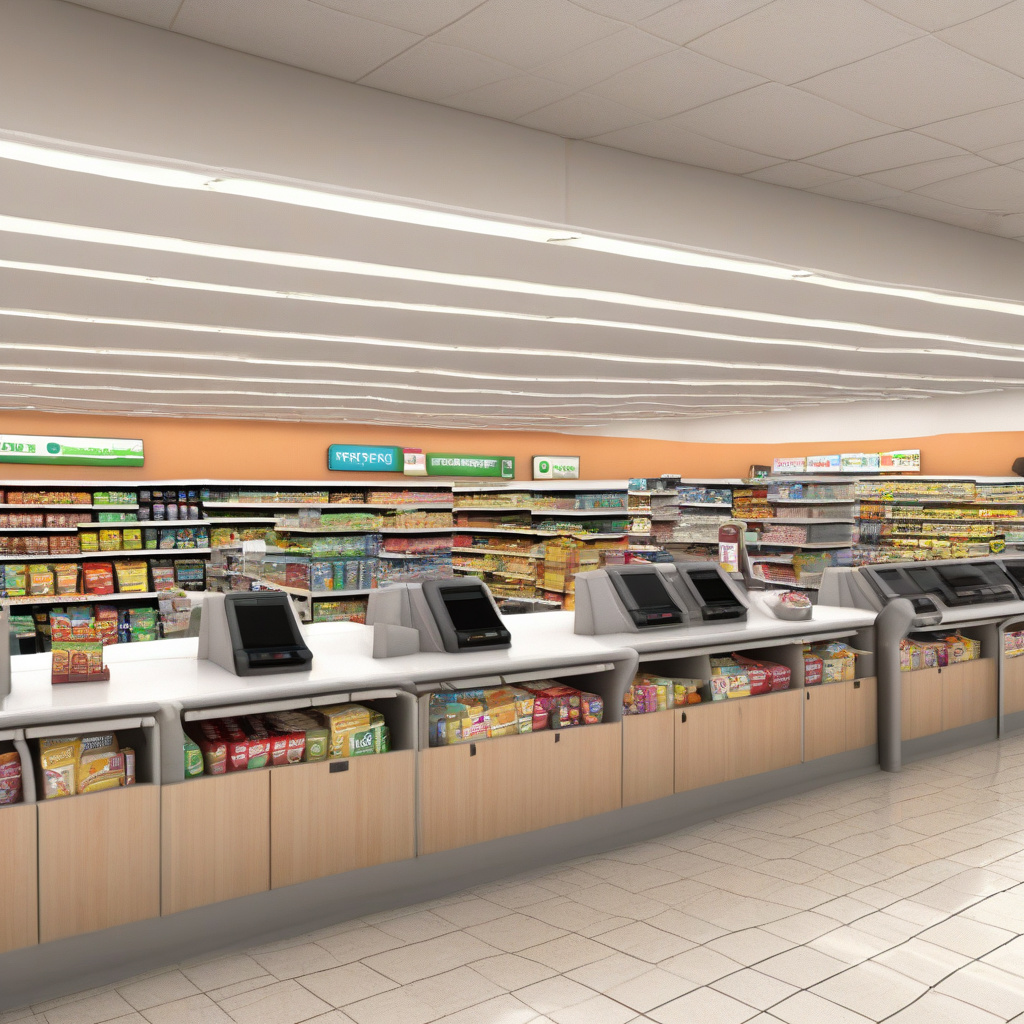The Impact of California’s Ordinance Limiting Self-Checkout Use in Long Beach
In a move that has sparked debates among retailers, customers, and policymakers alike, the city of Long Beach, California, recently passed an ordinance placing restrictions on the use of self-checkout systems in retail stores. The ordinance, aimed at preserving jobs and promoting human interaction, mandates that large retailers must have a sufficient number of staffed checkout lanes open during peak hours, limiting the reliance on self-checkout options.
While proponents of the ordinance applaud it as a step towards protecting jobs and fostering a sense of community in retail spaces, critics argue that it could have unintended consequences for both businesses and consumers. So, what exactly does this mean for retailers and shoppers in Long Beach, and what broader implications could this have for the retail industry as a whole?
One of the primary arguments in favor of the ordinance is the preservation of jobs. By requiring retailers to have staffed checkout lanes open, the city aims to ensure that there are ample employment opportunities available in the retail sector. With automation and technology increasingly replacing human workers in various industries, the ordinance represents a pushback against the trend of job displacement caused by technological advancements.
Moreover, proponents of the ordinance argue that human cashiers offer a level of personalized service and interaction that self-checkout kiosks simply cannot replicate. From resolving customer queries and providing recommendations to offering a friendly face during the checkout process, human cashiers play a crucial role in enhancing the overall shopping experience. By mandating the presence of staffed checkout lanes, the ordinance seeks to prioritize these aspects of customer service.
On the other hand, critics of the ordinance warn that imposing restrictions on self-checkout systems could hinder operational efficiency for retailers. Self-checkout kiosks are not only cost-effective for businesses but also offer convenience and speed for customers, especially during busy hours. By limiting the use of self-checkout options, retailers may face challenges in managing long queues and ensuring smooth checkout processes, potentially leading to customer dissatisfaction and loss of revenue.
Furthermore, some argue that the ordinance overlooks the preferences of modern consumers who value efficiency and convenience in their shopping experiences. With the rise of e-commerce and the increasing demand for frictionless transactions, many shoppers appreciate the convenience of self-checkout options that allow them to complete their purchases quickly and independently. Restricting access to these technologies could alienate tech-savvy customers and drive them towards online retailers instead.
The implications of California’s ordinance limiting self-checkout use in Long Beach extend beyond the city limits, raising broader questions about the future of retail and the balance between automation and human interaction. As retailers navigate the evolving landscape of consumer preferences and technological advancements, finding the right mix of self-service options and staffed checkout lanes will be crucial in meeting the diverse needs of customers while ensuring operational efficiency.
In conclusion, while the ordinance in Long Beach reflects a noble intention to protect jobs and promote human interaction in retail settings, its impact on businesses and consumers remains a topic of contention. Finding a middle ground that leverages the benefits of both self-checkout systems and staffed checkout lanes could be key to addressing the concerns raised by both supporters and critics of the ordinance, ultimately shaping the future of retail in the digital age.
California, Long Beach, ordinance, self-checkout, retail.
